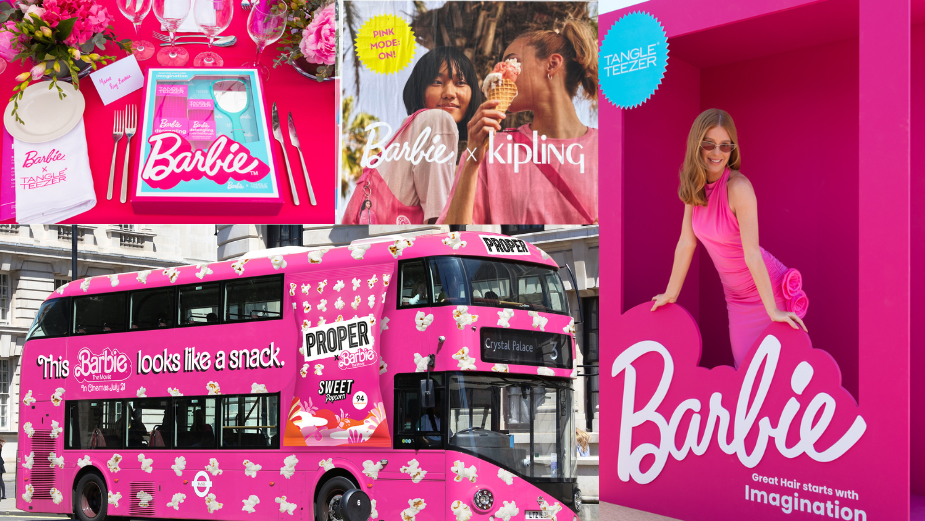Amidst today’s dynamic creative landscape, marketing has become culture, and culture has become marketing. Marketing exerts a profound influence on culture, taking center stage as it outshines the very creations they aim to elevate—fashion, music, art, and film.
With global fashion weeks, social media, and awards ceremonies fueling the hype, the risk looms large: sooner or later, we will be too engulfed by the glamour of billboards, red carpets, and extravagant events, that we will forget to enjoy the culture of it all.
Fashion houses, for example, now prioritize hiring creative directors not for their design prowess but for their marketing acumen. The infiltration of marketing executives into these companies has shifted the focus from creativity to expanding brand awareness.
The recent appointment of rapper and music producer Pharrell Williams as a high-profile figure in fashion exemplifies this trend. Despite his confident and commercially successful debut collection for Louis Vuitton, critics noted a lack of innovative elements, signaling a shift toward marketing-driven strategies.
In various sectors across pop culture, brands are becoming hyperfixated on promotion because it promises greater incentives for increases in profit and consumer base. Of course, we, as humans, are attracted to what is most exciting, so we find ourselves attending grand-scale pop-up events and purchasing plastic merchandise before we even get to take a glimpse of the art, itself.
The traditional sequence of product creation followed by persuasion has evolved into a paradigm where hype often precedes and overwhelms the product itself. As stated by Pietro Beccari, Louis Vuitton’s chief executive, the fashion industry has “long moved beyond fabricating and selling products. Fashion is becoming music, becoming pop culture, becoming a spectacle itself.”
This is a serious threat to the essence of art. If art is to be embraced and studied, the current industry is failing, let alone, mocking, that very purpose. Art is becoming nothing more than a marketing campaign with motivations primarily surrounding the mass extraction of profit. This trend is not only unsustainable but also a breach of ethics.
Top-grossing film, “Barbie,” is not an exception. With nearly $1.5 billion in ticket revenues, the film was a sensation even before it opened in theaters—and this is not least because of marketing.
Barbie dominated the cultural landscape, making it impossible for anyone to be unaware of its existence. From being on bright fuchsia Xbox designs and a $1,350 Balmain cropped hoodie to a real-life Barbie Dreamhouse Airbnb and Nyx’s lip gloss campaign, Barbie was pretty much everywhere.
In total, Barbie’s ubiquitous marketing campaign cost is estimated to be $150 million which is more than its $145 million production budget. Barbie’s marketing which presented itself in social media memes and pink merchandise breathed a life of its own, and public focus geared more towards the promotional terrain rather than the movie itself.
Korean consumers are also victims of this trend, with a new pop-up store emerging on the urban streets of Seongsu, Seocho, Jamsil, Itaewon, and Hongdae weekly. Companies employ pop-ups as an opportunity to tweak products and sales expectations before their offerings officially hit the market.
Grand sums of money are invested into these events, ranging from $8,500 to $20,500. With fun activities and easily “Instagrammable” settings provided, pop-up stores have become an irremovable aspect of social culture in Korea.
One exemplar of brand participants in this trend would be Gentle Monster, a Korean eyewear brand that hosts pop-ups approximately every month on different themes catered to Gen Z. The brand is known for its creative pop-up interior design and structures, with gigantic interactive AI robots and 3m tall Haribo gummy packs seated in the middle of its store.
Brands all want to embrace the extreme, trying to beat each other at being the most “innovative.” But in this race, we lose culture, and it makes us question its true definition. If the “culture” of the 21st century must follow what attracts the most profit, does it serve as just another side effect of capitalism? If culture which had previously been a sanctuary to seek comfort and belonging is gone, where can we find the same warmth conveyed now?


